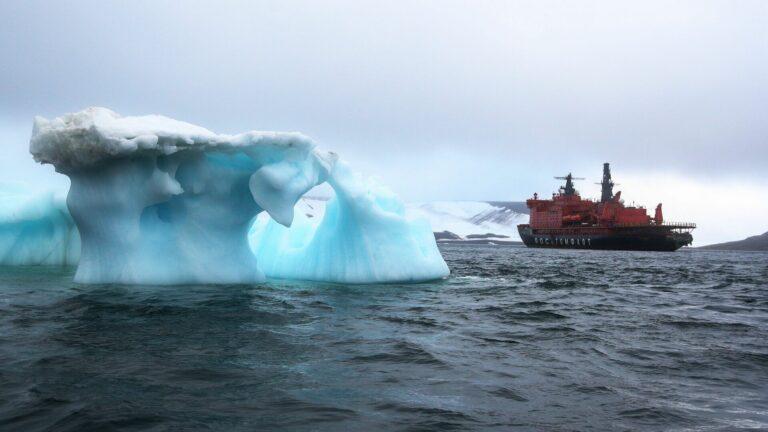
The Arctic could run out of ice for the first time in 2030, according to a new study that indicates that such an event would occur more than 10 years earlier than previous projections.
Washington.- It is expected to occur in August or September 2030 under all greenhouse gas emissions scenarios to the Earth’s atmosphere.
In addition, the Arctic Ocean could experience frequent ice-free conditions by mid-century (between 2035 and 2067), as was published in the journal Nature Reviews Earth & Environment.
“Our study also focuses on the frequency of ice-free conditions, rather than just when the first ice-free conditions are reached,” Alexandra Jahn of the University of Colorado Boulder told the Down To Earth portal.
Arctic sea ice cover, which includes the area, extent, and thickness of sea ice, has declined since the beginning of satellite observations in 1978.
Such ice-free conditions are likely the first in at least 80,000 years.
“The transition to an ice-free Arctic means a regime shift from a perennial sea ice cover to a seasonal sea ice cover, or from a white summer Arctic to a blue Arctic,” the researchers wrote.
To quantify the ice-free projections, the scientists analyzed sea ice monthly using climate models.
Previously there was talk of the almost complete disappearance of sea ice. Still, now scientists have agreed to designate the Arctic as ice-free when the ocean has less than one million square kilometers of frozen surface.
Experts also say the Arctic is resilient and can return to normal if the atmosphere cools. (PL)